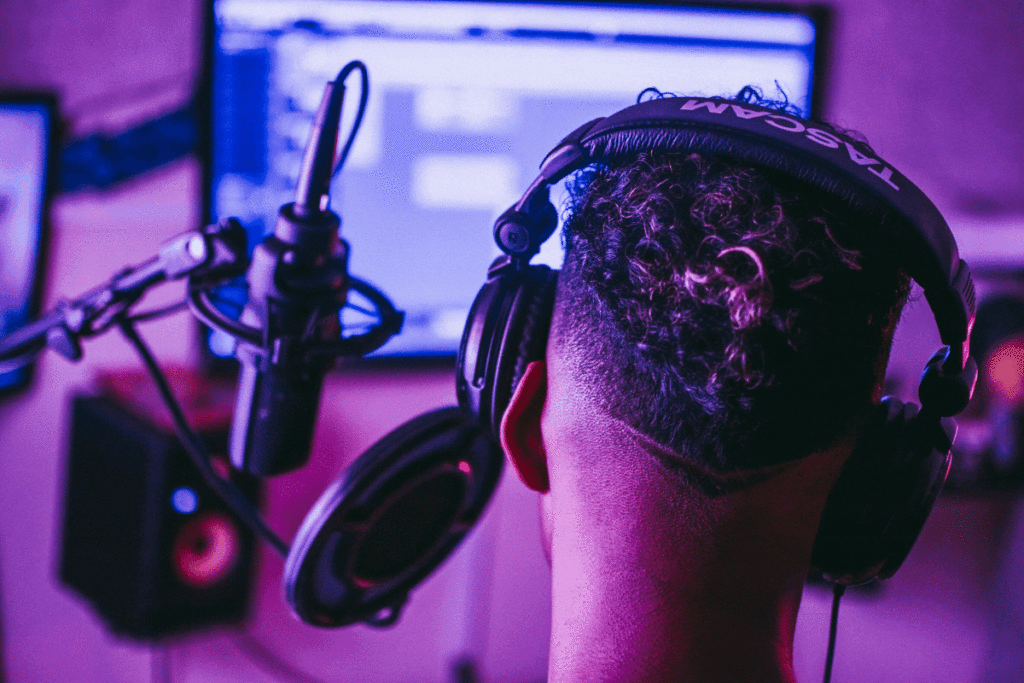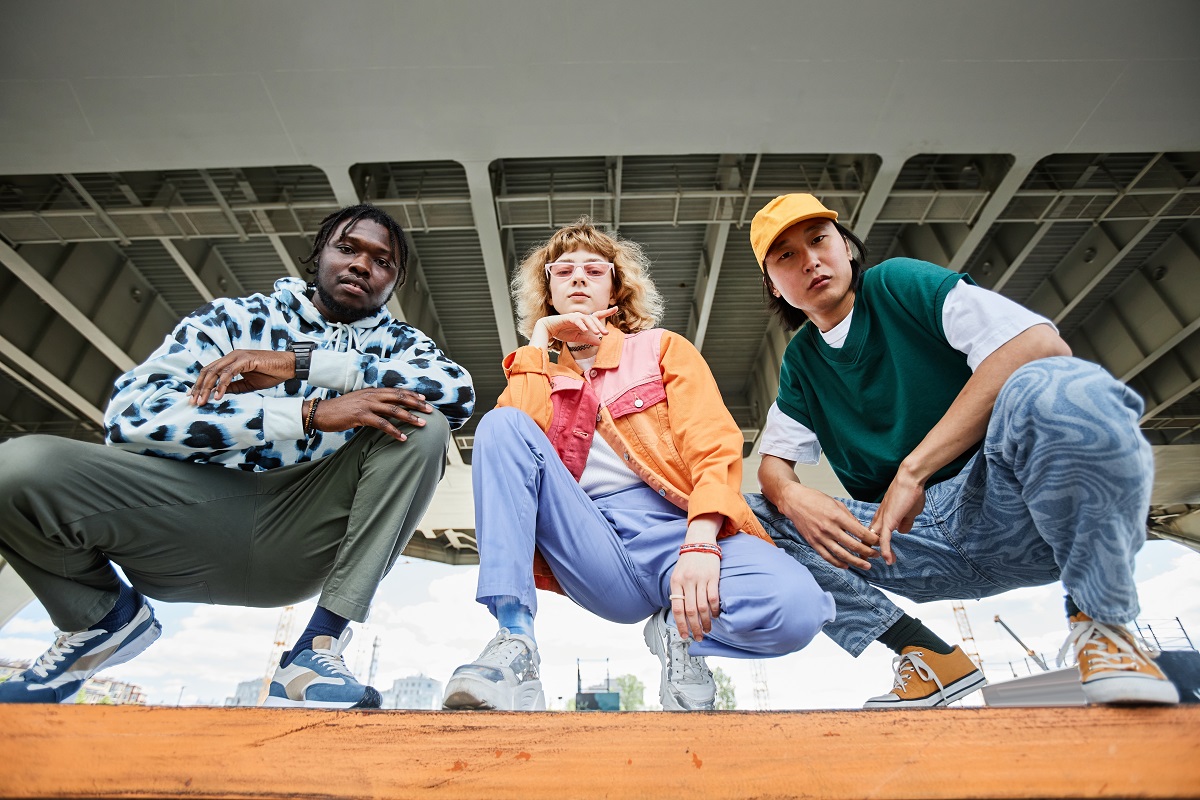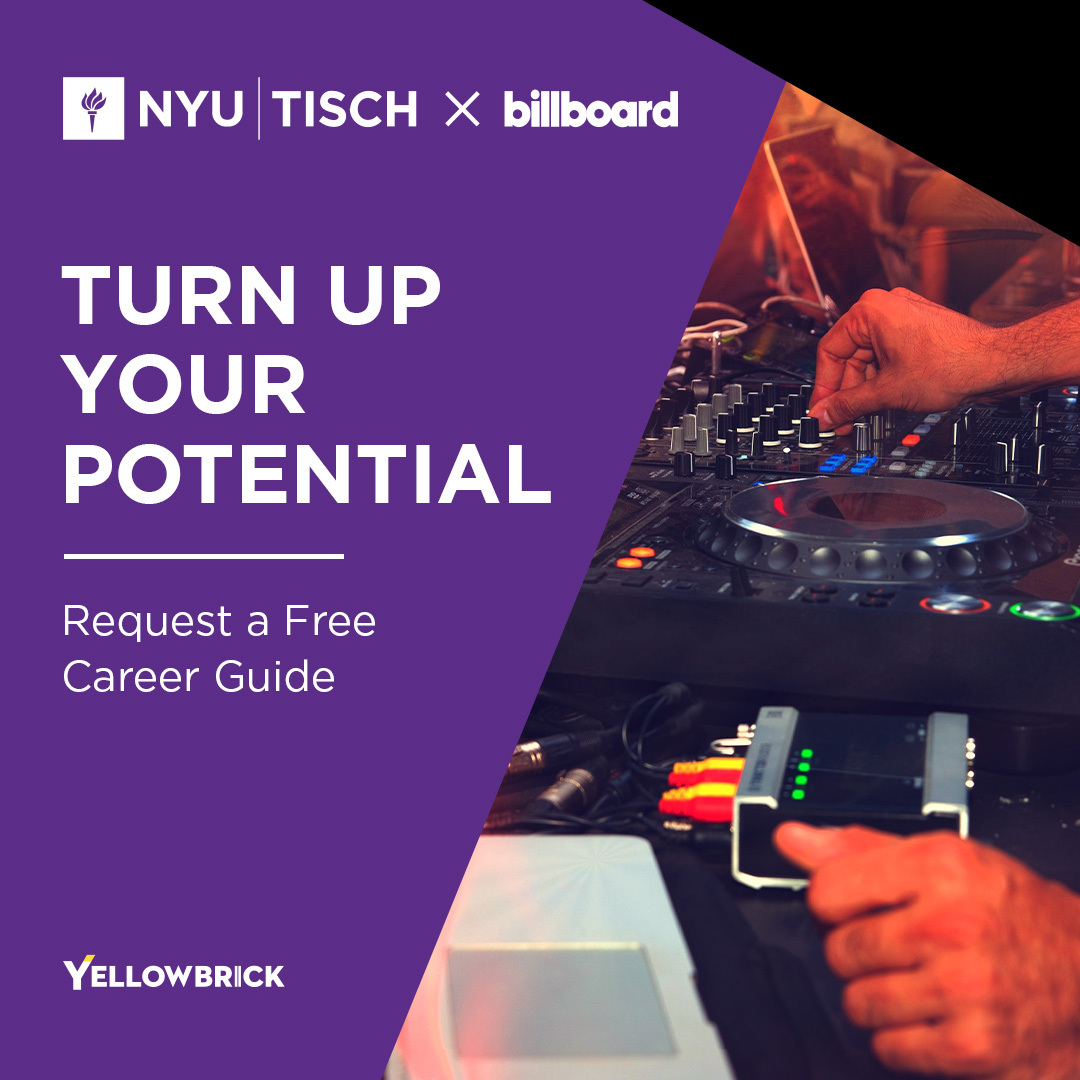[wdm_vimeo_gform_overlay]
New artists often have a tough time getting noticed and signed in the music industry. Corey Roberts, Vice President of A&R at Downtown Music Publishing and Music Industry Essentials contributor, speaks about his experience discovering new talent.
Watch the full video to learn about:
- Getting noticed by A&R reps and other decision-makers
- How A&R reps look for and find new artists
- Strategies to consider to make yourself more visible
Some people want to write music just for themselves, and they don’t care about what other people are creating. However, music — for eons — has been people paying attention to what other people are making and drafting off that kind of material. That’s the basis of pop music.
Some artists come through and create music that bucks the trends, and they get noticed, too. Use a combination of two of those things. How do you get on Spotify? How do you get yourself noticed by a radio station? It could be as simple as playing a show and having a programmer from a radio station that’s in the audience. It’s about creating the opportunity.
Lorde Breaks Through in the Music Industry
“The biggest deal that I was part of and have been a part of — and biggest is a pretty broad term — was finding Lorde online. And when I say I found her, I didn’t discover her in New Zealand when she was 13 years old. I found her on a blog and listened to the music. Then I went down the rabbit hole and looked at her SoundCloud page. She had a lot of streams on SoundCloud,” says Roberts.
Roberts continued, “I went a little further into what was happening in New Zealand at the time; at how many EPs and albums she was essentially selling. It was mind-boggling if it was put in the parlance of hip-hop out of the trunk. Then I went down to New Zealand. So, it was a combination of looking at what was happening at the time in terms of streams. Streaming was in its infancy at the time. So, you’re not reinventing the wheel with pop music the way she was doing it, but she was doing it in an extremely appealing way even to somebody who was 39 years old, or whatever I was at the time.”
Signing Desiigner
Music industry discovery requires a combination of gut instinct and research. “I was checking Shazam in the New York City area one day and was out in Queens somewhere. I looked at the number one song in some town in Queens. It had this number one song that was called “Panda.” I didn’t know what “Panda” was or who Desiigner was,” says Roberts.
“I just kept going to all these different towns in Queens, and the song “Panda” was number one on Shazam in each of these towns. And I was like, ‘I don’t know what this record is. But I got to find out.’ So I started calling everybody and their brother— promoters, clubs, whatever I could do to get a contact. That’s part of the detective work of A&R. Within two weeks, Desiigner was signed to the SONGS Music Publishing,” Roberts explained.
Want to understand if an A&R career is right for you and learn about other jobs in music? Download Yellowbrick’s Ultimate Music Career Guide.



